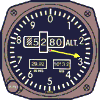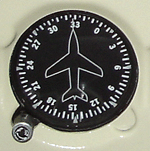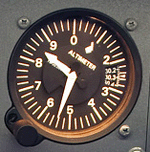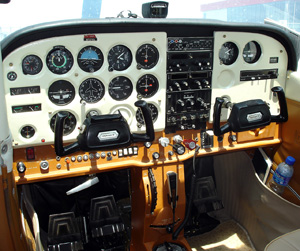FLIGHT CONTROLS

Are you thinking about how you control the aircraft during the flight?Here is some basic points:
FLIGHT CONTROLS
Various inputs to the flight controls will lead to your aircraft to make several maneuvers. Pulling the yoke will raise the elevator on the tail and this will force the tail downwards that raises the nose of the aircraft. Pushing the yoke will lower the elevator, lowering the nose. Rudder pedals of your aircraft is used for turning to left and right just similar to those of a boat. Turning the yoke to left or right will result in leaning of the aircraft to left or right respectively. During our ground lessons and orientation flight, you will see how these controls are used in coordination with each other.
FLIGHT INSTRUMENTS
With the help of the instruments in the cockpit, you will be aware of the position of your aircraft in the flight and you will decide on which maneuver to be made since you will be informed about the speed, height, vertical speed etc. regarding all the information about your flight. Basic flight instruments are as follows:
|
Air Speed Indicator: Shows your speed in the air in terms of nautical miles an hour (knots). |
 |
| Turn Coordinator: Shows the turn rate in terms of degrees while the aircraft is turning. |  |
| Attitude Indicator: This instrument will show you the pitch and roll of the aircraft relative to the horizon. |  |
| Horizontal Situation Indicator: Shows the direction that your aircraft is flying. |  |
| Altimeter: Supplies information regarding the altitude of your aircraft relative to the sea level. |  |
| Vertical Speed Indicator: Shows the climb rate or descent rate in terms of feets per minute. |  |
Please click the cockpit picture of the aircraft that we use on our flight courses:
TC-VOR (Cessna 172N)


